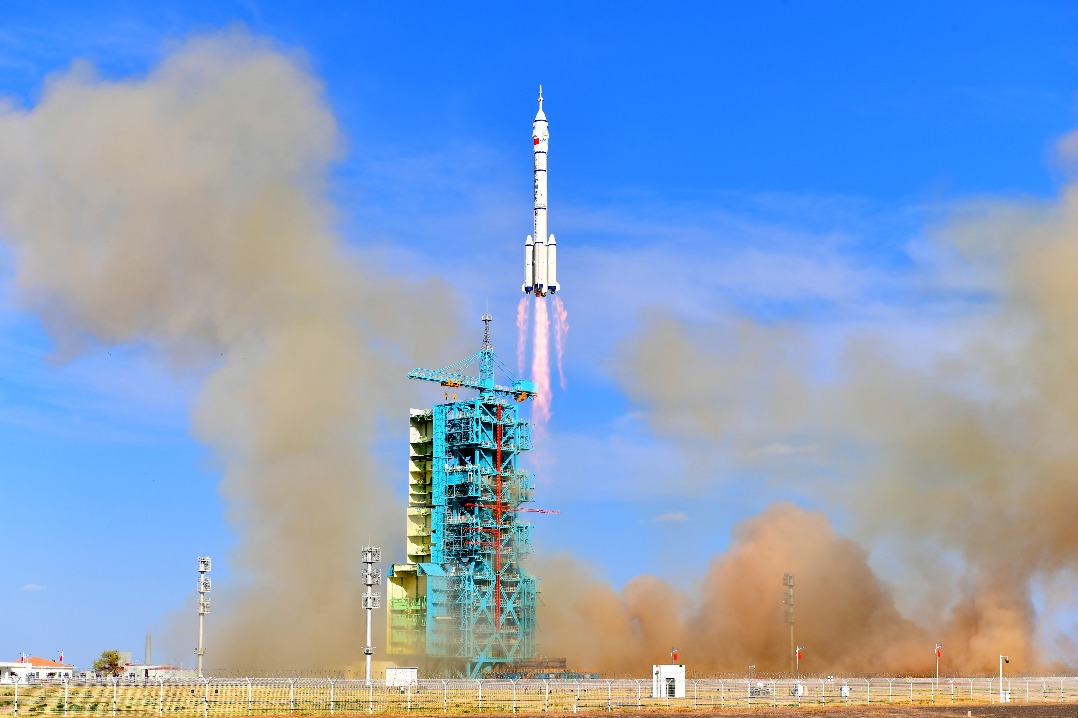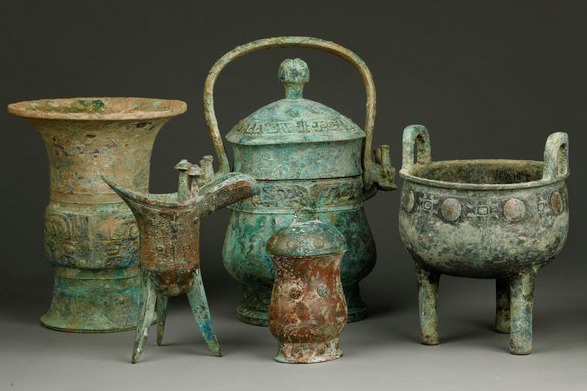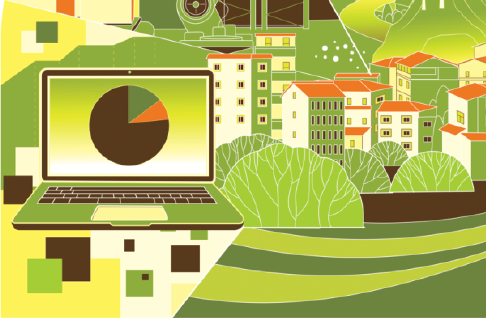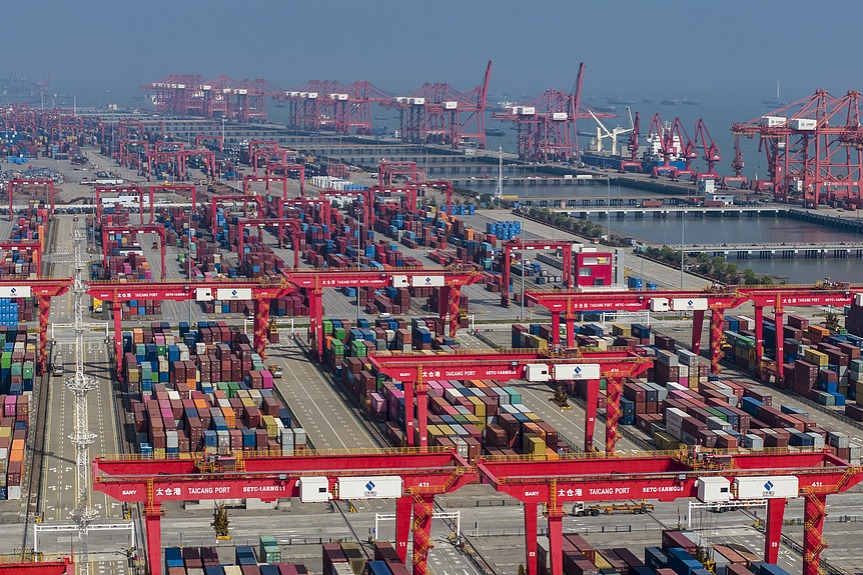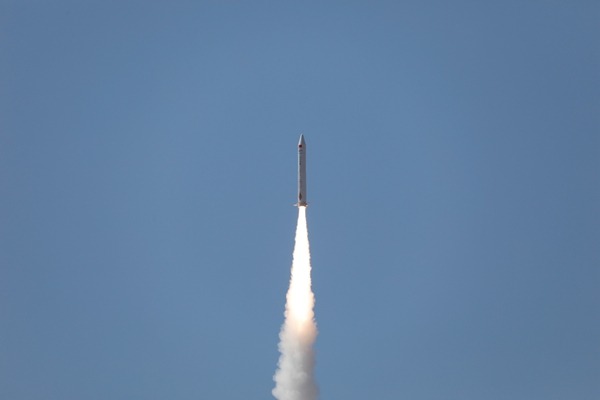Time for tech to add punch to relief efforts


The most important way to control the novel coronavirus epidemic is to prevent the further spread of the virus.
Given that the epidemic coincided with the Chinese New Year holiday, a time for large-scale population flows around the country, the test before the government has been to track people who could end up spreading the virus.
The measures taken so far have been traditional ones, like strictly monitoring residents' entry and exit in communities, the lockdown of seriously infected cities and suspension of industrial production. While playing a positive role in preventing the rapid spread of the virus, these measures have come at a huge social and economic cost.
In recent years, many cities have invested heavily in constructing data centers and information platforms to build "information cities", "smart cities" and "data cities".However, these centers and platforms have proved to have a long way to go when it comes to monitoring and tracking the spread of the epidemic. This is because they are still using traditional data sources, such as from general surveys or government reports.
Such data are very handy during analysis of economic and social development but not much use when faced with a major public health crisis. The novel coronavirus epidemic has reminded us that to enhance urban governance and public health security and address other social governance problems, we must improve the use of new technology.
The country should treat the outbreak as an opportunity to set up a new data service system covering all users based on the spatial location information provided by the internet and mobile data. Given that mobile phone signals can reach everyone, their use can help track people's movement better. By using signaling data from the three major mobile phone operators we can achieve real urban governance based on big data.
-LI TIE, ECONOMIST WITH THE CHINA CENTER FOR URBAN DEVELOPMENT

















